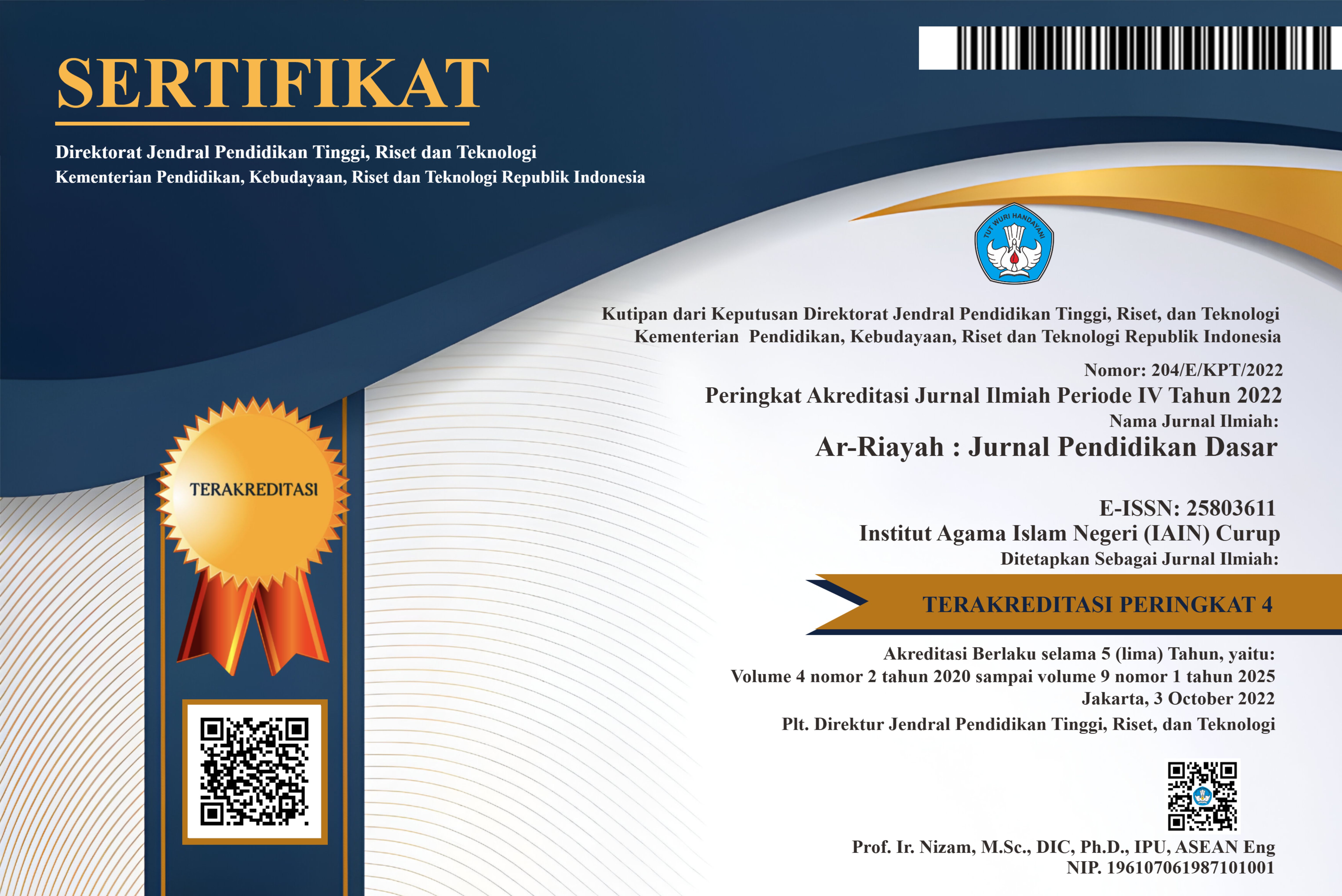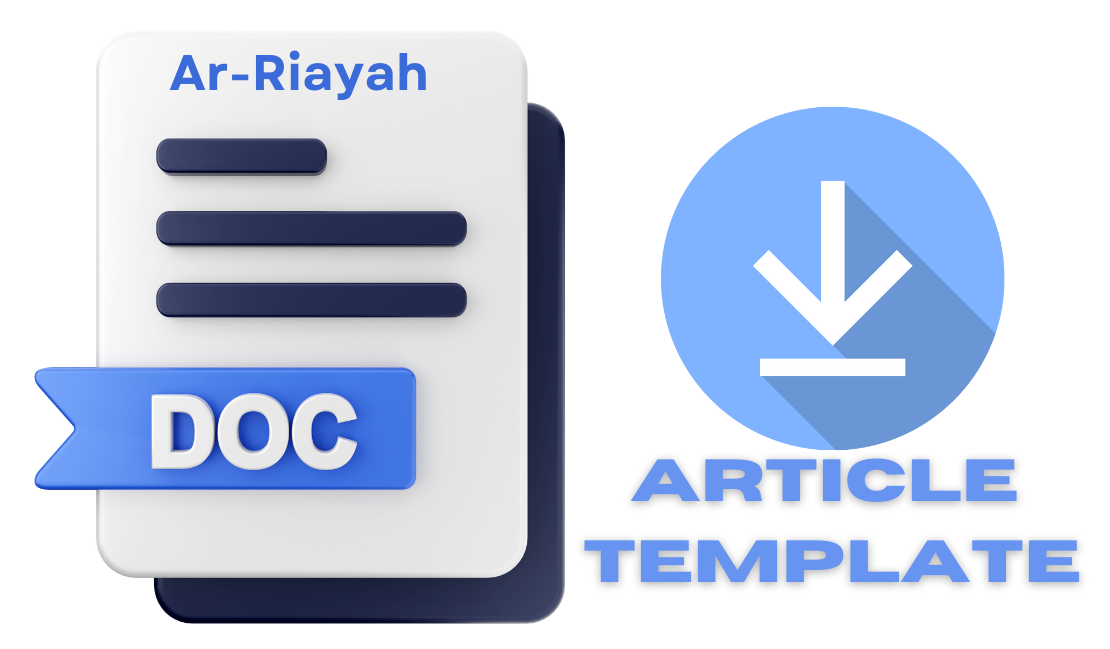Pengembangan Perangkat Pembelajaran untuk Meningkatkan Kemampuan Berpikir Kreatif Siswa Sekolah Dasar
DOI:
https://doi.org/10.29240/jpd.v1i1.219Abstract
Downloads
References
Akbar, S.. 2013, Instrumen Perangkat Pembelajaran. Bandung : PT Remaja Rosdakarya.
Bernadete, I.D.R., 2009, Science, Technology, Society and Environment (STSE) Approach in Environmental Science for Nonscience Students in a Local Culture. Journal of Higher Education Research Science and Technology Section, 6.
Dilek, E. A., 2014, Turkish Teacher Opinions About Science, Technology, Society, Enviroment Acquisitions In Science And Technology Course Curriculum, Journal of Baltic Science Education, 13.
Mariana & Alit, M., 2000, Suatu Tujuan Tentang Hakikat Pendekatan Science, Technology, and Society dalam Pembelajaran Sains, Pelangi Pendidikan, 2.
Miles, M.B., Huberman, A.M., & Saldana, J., 2014, Qualitative Data Analysis : A Methods Sourcebook, Los Angeles: Sage.
Nurcahyani, N., Mulyani, B., & Mahardiani, L., 2012, Efektivitas Metode Pembelajaran STAD Berbasis SETS Berbantuan Macromedia Flash Terhadap Prestasi Belajar Siswa Pada Materi Pokok Perubahan Fisika Dan Kimia Kelas VII Semester Genap SMP Negeri 14 Surakarta Tahun Ajaran 2010/2011, Jurnal Pendidikan Kimia, Program Studi Pendidikan Kimia Universitas Sebelas Maret,1.
Peraturan Menteri Pendidikan Nasional Republik Indonesia Nomor 41 Tahun 2007 Tentang Standar Proses Untuk Satuan Pendidikan Dasar Dan Menengah.
Permendikbud Nomor 103 Tahun 2014 tentang Pembelajaran pada Pendidikan Dasar.
Stephen, A.M., & Megan, D., 2012, The Impact of an STS Approach on the Development of Aspects of Scientific Literacy of Grade 10 Learners, Paper presented at SAARMSTE Conference, 1.
Undang-Undang Republik Indonesia Nomor 20 Tahun 2003 Tentang Sistem Pendidikan Nasional.
Yager, R.E., & Hakan, A., 2008, Comparison of Student Learning Outcomes in Middle School Science Classes with an STS Approach and A Typical Textbook Dominated Approach, RMLE Online, 31.
Yaseen, M.Y., & Subahan, T.M., 2012, The Ranking of Science, Technology and Society (STS) Issues by Students and Physics Teachers in Secondary School, Yemen University Kebangsaan Malaysia, 2.
Gall, M. D., Gall, J. P., & Borg, W. R., 2007., An Introduction to Educational Design Research. East, 129. Retrieved from www.slo.nl/organisatie/international/publications.
Downloads
Published
How to Cite
Issue
Section
Citation Check
License
Authors who publish with Ar-Riayah: Jurnal Pendidikan Dasar agree to the following terms:
Authors retain copyright and grant the journal right of first publication with the work simultaneously licensed under a Creative Commons Attribution-NonCommercial-ShareAlike 4.0 International License (CC BY-NC-SA 4.0) that allows others to share the work with an acknowledgment of the work's authorship and initial publication in this journal.
Authors are able to enter into separate, additional contractual arrangements for the non-exclusive distribution of the journal's published version of the work (e.g., post it to an institutional repository or publish it in a book), with an acknowledgment of its initial publication in this journal.
- Authors are permitted and encouraged to post their work online (e.g., in institutional repositories or on their website) prior to and during the submission process, as it can lead to productive exchanges, as well as earlier and greater citation of published work (See The Effect of Open Access).











